
Redis Essentials. Harness the power of Redis to integrate and manage your projects efficiently
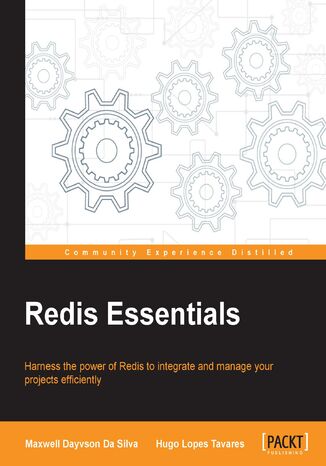

- Autorzy:
- Fredrik Sandell, Alexander Myltsev, Javier de la Rosa, Rodrigo Martin, Craig Jackson, Evgeny Gurin, Alberto Chavez, Hugo L Tavares, Andrew Keig, Tom Meinlschmidt, Dougal Matthews, Rahul Joshi, Batista R Harahap, Maxwell D Da Silva, Maxwell Dayvson da Silva, Lincoln Clarete
- Wydawnictwo:
- Packt Publishing
- Ocena:
- Stron:
- 230
- Dostępne formaty:
-
PDFePubMobi
 opcje wysyłki »
opcje wysyłki »
Opis
książki
:
Redis Essentials. Harness the power of Redis to integrate and manage your projects efficiently
Redis Essentials is a fast-paced guide that teaches the fundamentals on data types, explains how to manage data through commands, and shares experiences from big players in the industry.
We start off by explaining the basics of Redis followed by the various data types such as Strings, hashes, lists, and more. Next, Common pitfalls for various scenarios are described, followed by solutions to ensure you do not fall into common traps.
After this, major differences between client implementations in PHP, Python, and Ruby are presented. Next, you will learn how to extend Redis with Lua, get to know security techniques such as basic authorization, firewall rules, and SSL encryption, and discover how to use Twemproxy, Redis Sentinel, and Redis Cluster to scale infrastructures horizontally. At the end of this book, you will be able to utilize all the essential features of Redis to optimize your project's performance.
Wybrane bestsellery
Packt Publishing - inne książki
Dzięki opcji "Druk na żądanie" do sprzedaży wracają tytuły Grupy Helion, które cieszyły sie dużym zainteresowaniem, a których nakład został wyprzedany.
Dla naszych Czytelników wydrukowaliśmy dodatkową pulę egzemplarzy w technice druku cyfrowego.
Co powinieneś wiedzieć o usłudze "Druk na żądanie":
- usługa obejmuje tylko widoczną poniżej listę tytułów, którą na bieżąco aktualizujemy;
- cena książki może być wyższa od początkowej ceny detalicznej, co jest spowodowane kosztami druku cyfrowego (wyższymi niż koszty tradycyjnego druku offsetowego). Obowiązująca cena jest zawsze podawana na stronie WWW książki;
- zawartość książki wraz z dodatkami (płyta CD, DVD) odpowiada jej pierwotnemu wydaniu i jest w pełni komplementarna;
- usługa nie obejmuje książek w kolorze.
Masz pytanie o konkretny tytuł? Napisz do nas: sklep@ebookpoint.pl
Książka drukowana


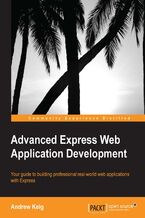



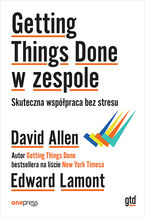
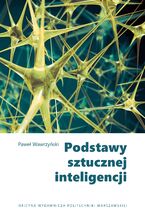
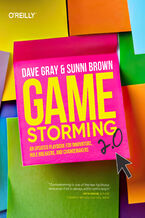
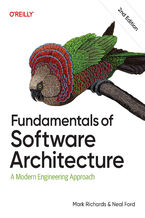
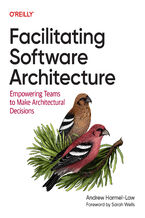
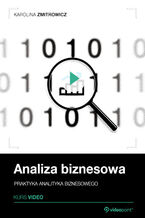

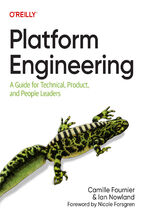
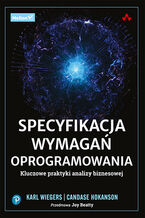






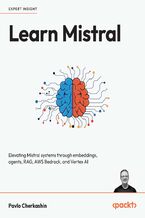
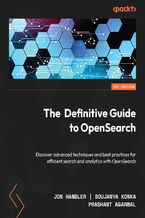

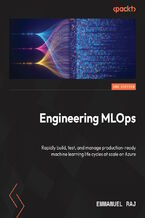
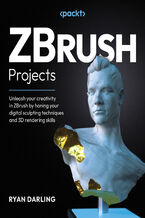
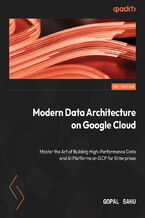
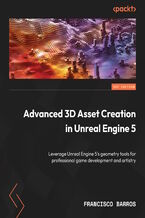
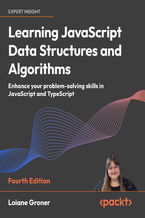
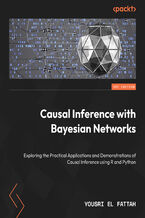
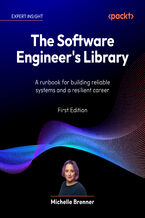
Oceny i opinie klientów: Redis Essentials. Harness the power of Redis to integrate and manage your projects efficiently Fredrik Sandell, Alexander Myltsev, Javier de la Rosa, Rodrigo Martin, Craig Jackson, Evgeny Gurin, Alberto Chavez, Hugo L Tavares, Andrew Keig, Tom Meinlschmidt, Dougal Matthews, Rahul Joshi, Batista R Harahap, Maxwell D Da Silva, Maxwell Dayvson da Silva, Lincoln Clarete
(0)